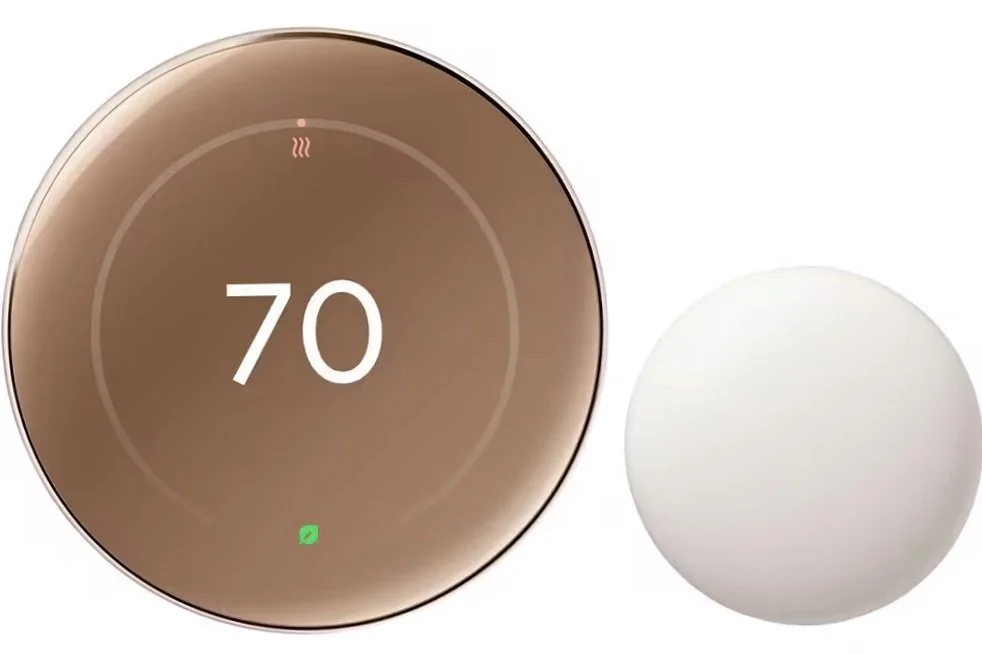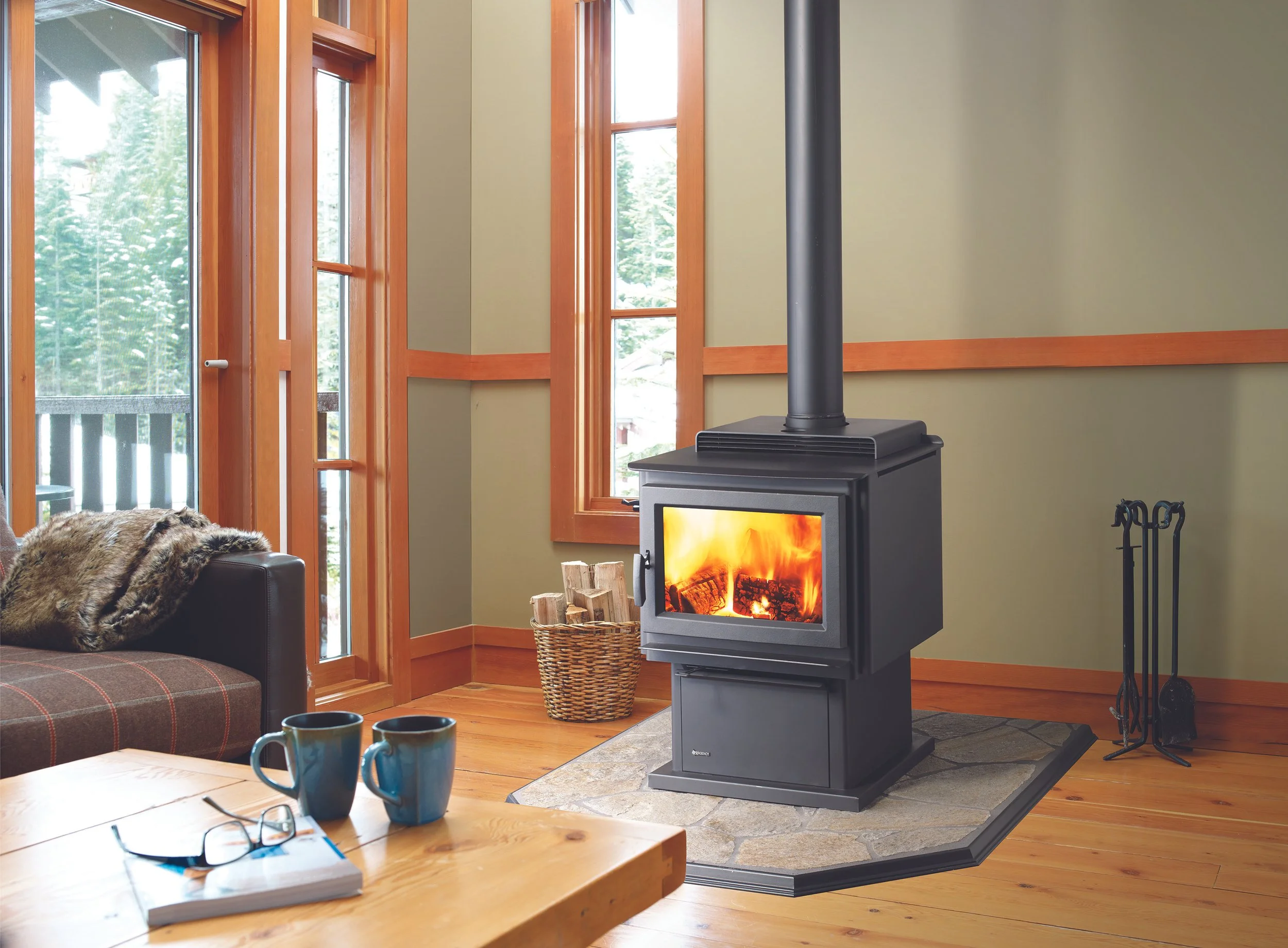Did you know that upgrading to a smart thermostat can cut your energy bills by up to 26%? A thermostat is the brain behind your home’s heating and cooling system, whether that system consists of a heat pump, furnace, boiler, or central AC. By monitoring and controlling the temperature in each part of your home, a responsive thermostat is key to keeping your home comfortable. While thermostat technology has evolved more slowly than smartphones and computers, smart thermostats are changing the game by offering automation, energy savings, and convenience.
Traditional & Programmable Thermostats
Programmable thermostats require you to set the temperature and manually select heating or cooling cycles on the unit itself. Most allow you to schedule temperature adjustments based on seasons, days, and times. These thermostats are cost-effective, and most models let you set different temperatures for multiple times of the day and/or every day of the week. However, they lack the convenience and flexibility of automation, remote access, and voice control.
For years, one of the biggest challenges has been that many consumers find programmable thermostats too difficult to set up. As a result, 40% of programmable thermostat owners don’t use the scheduling feature. Since thermostats only save money when used correctly, this is a major drawback. Some user interface improvements from smart thermostats have trickled down to non-connected models, making them easier to use for consumers who don’t want an internet-connected device.
Smart Thermostats: Features & Benefits
Since smartphones now handle so many aspects of daily life, integrating HVAC control into them makes sense. Smart thermostats allow you to adjust the temperature remotely via a smartphone or computer. Some have multiple sensors to monitor temperatures in different parts of your home for more balanced heating or cooling. These thermostats tend to have simple controls and touchscreen displays that make programming easier.
More importantly, smart thermostats connect to WiFi, allowing you to change the temperature at home through an app—just as easily as checking your bank account balance. These devices can factor in your local weather forecast, learn your temperature preferences using sensors and algorithms, and recommend adjustments for optimal energy savings. Some can even alert you to sudden temperature drops or spikes that could cause damage while you’re away. Smart thermostats provide better HVAC control, reducing energy use and saving money.
Geofencing Technology
One of the most notable improvements in smart thermostats is geofencing. This feature tracks your phone’s location via GPS or RFID to determine whether you are home. The thermostat creates a virtual boundary around your home, adjusting temperatures based on your presence. This prevents energy waste when the house is empty and eliminates the need to manually adjust the thermostat, which often leads to higher energy usage. Unlike traditional scheduling, geofencing allows for more flexibility by adapting to your real-time location rather than a preset timetable.
Smart Sensors & Adaptive Heating/Cooling
Ecobee pioneered the use of wireless remote temperature sensors, which can be placed in various rooms to provide more accurate temperature control. Now, most smart thermostats offer these sensors. They detect room occupancy and adjust heating and cooling accordingly, even using features like "Follow Me" mode to prioritize active rooms. Additionally, new smart air vents can redirect airflow in forced-air systems, improving overall efficiency. Many smart thermostats integrate with voice assistants like Amazon Alexa, Apple HomeKit/Siri, and Google Assistant for hands-free control.
Choosing the Right Thermostat for Your Home
Smart thermostats are becoming more affordable, making energy savings accessible to more homeowners. Many energy providers offer rebates for installing a smart thermostat, further reducing the cost. However, not all smart thermostats are compatible with every home’s HVAC system. Some models may not work with multi-stage heat pump or zoned systems, and some homes may require updated thermostat wiring. Initial setup and programming often require assistance from a heating and cooling specialist.
If you're considering upgrading to a smart thermostat, contact a local HVAC professional to find the best option for your home. A well-chosen thermostat can maximize comfort, optimize energy use, and save you money in the long run.








